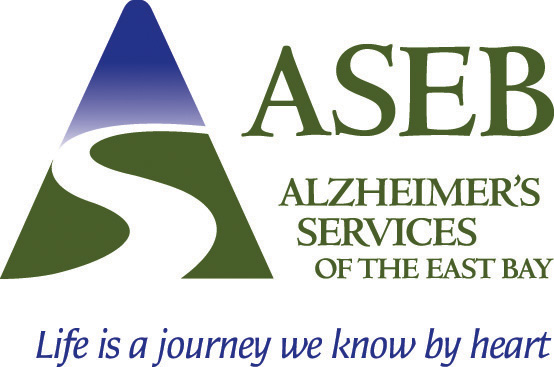The recent rush to put a California budget in place before the deadline suspended legislators’ salaries filled newspapers with numbers—amounts cut from programs, shortfalls, increases in tuition and car registration.
Sometimes we forget what’s behind these numbers. What do dollar values mean in terms of a person’s life, their welfare, their happiness? It’s easy for insurance actuaries. They can tell you how much a life is worth from now until the time of death. But when you work with people as they get older, when they begin to open up the portals onto the landscape of their lives, you realize that it’s much bigger than that, much richer. The value of a life—its experiences, the people that have passed through it, the joys and struggles, the daily routines and simple pleasures—how do you account for that? How can we continue to squander the enormous wealth our elders have to offer us while we tally value only in terms of dollars and cents?
We believe in investing in our youth because, we say, our children are our future. But what are we teaching our youth when we turn our backs on the under-served, the elders, the people we think aren’t capable of pulling themselves up by their bootstraps? What are we teaching our youth about taking care of people who need help taking care of themselves? The lesson should be that, as a community, we have a responsibility to every member. That we’re strong only if everybody eats, if everybody has shelter, if everybody feels safe. If any of us is missing these three things, all of us are in jeopardy.
I hope, when talking dollars and cents, we ask ourselves What is the price of companionship? Of kindness? Of comfort? Of eating a meal with others or going to sleep in your own home? What is it worth to honor a life fully lived? What do we lose, as a community, when we waste one of our greatest resources?
